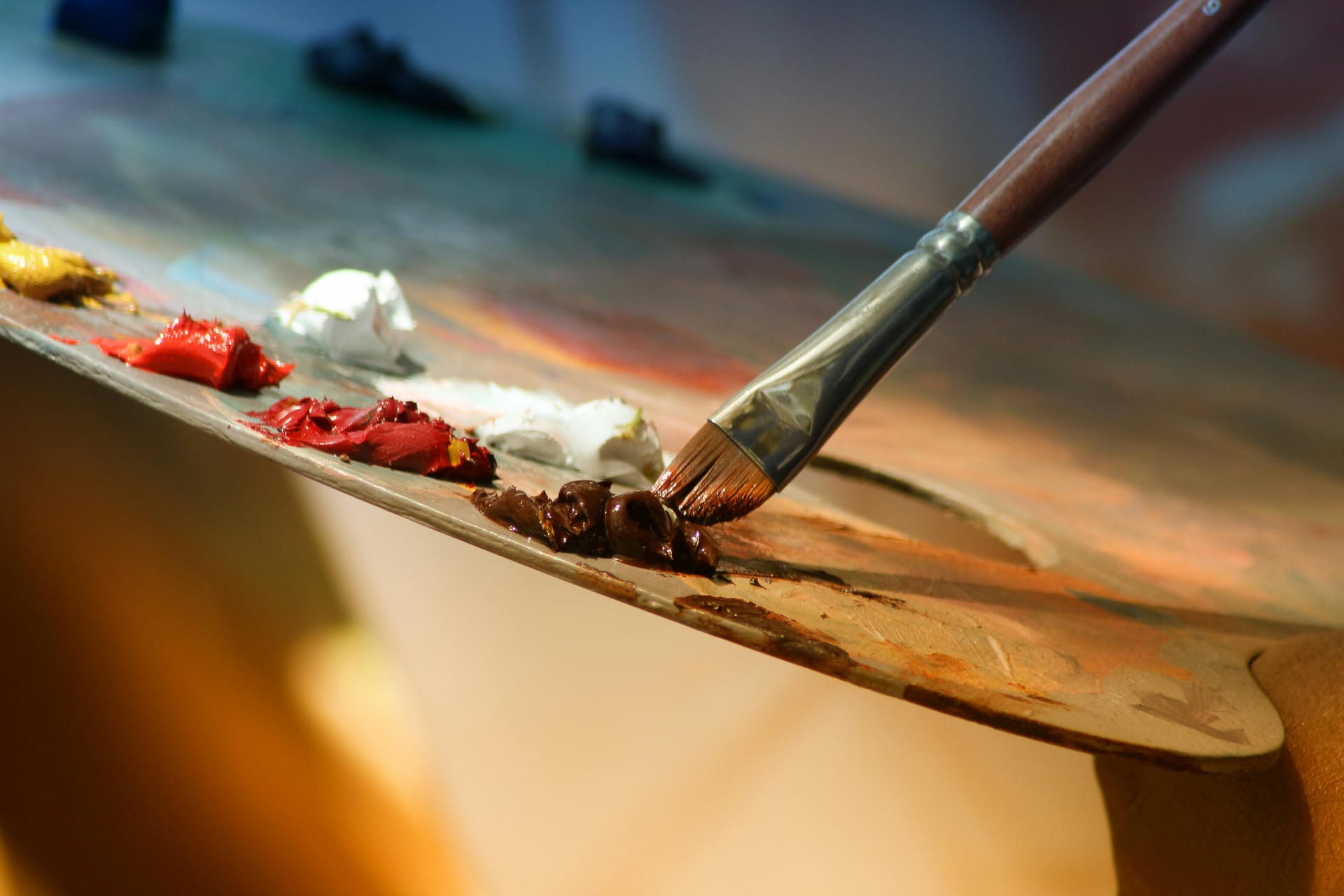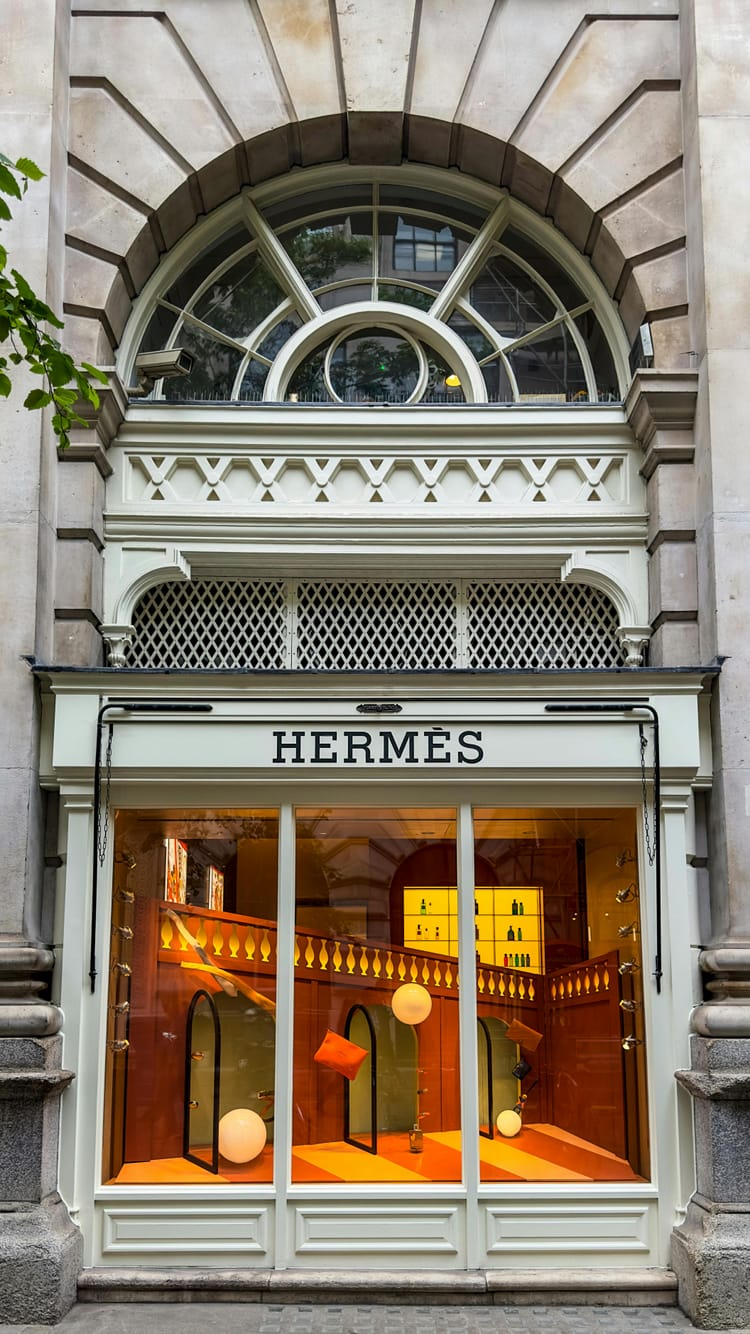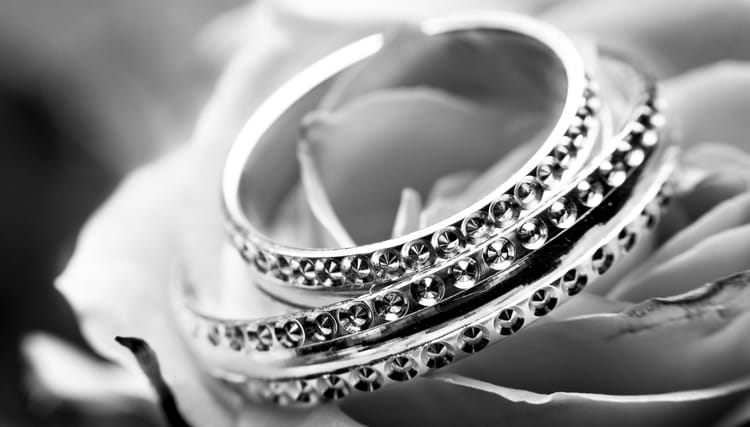The Art of Collecting: A Guide for High-Net-Worth Individuals

Collecting art is more than a passion — it's an expression of taste, a strategic investment, and a legacy in the making. For high-net-worth individuals (HNWIs), building an art collection is not only about acquiring beautiful pieces but also about curating a meaningful and valuable portfolio. Whether you’re a seasoned collector or just beginning your journey, this guide offers expert insights to help you navigate the sophisticated world of fine art.
1. Define Your Vision and Aesthetic
Start by identifying your artistic interests and goals. Ask yourself:
- Do you prefer contemporary art, classic masterpieces, or emerging artists?
- Are you collecting for personal enjoyment, investment, or both?
- Is there a theme or story you want your collection to tell?
Having a clear vision will guide your acquisitions and help you build a cohesive collection.
2. Research and Educate Yourself
Knowledge is key to making informed decisions. Stay connected with the art world by:
- Attending art fairs, exhibitions, and auctions.
- Following prominent galleries, museums, and art influencers on social media.
- Reading art journals, catalogs, and market reports.
Consider working with an art advisor who can provide expertise and access to exclusive pieces.
3. Invest Strategically
While art collecting can be deeply personal, it’s also wise to think about investment potential:
- Emerging Artists: Investing in rising talents can yield significant returns, but comes with higher risks.
- Established Artists: Blue-chip artists often offer stability, with works maintaining or increasing in value.
- Diversification: Balance your portfolio with a mix of mediums — paintings, sculptures, photography — to mitigate risk.
Ensure you get professional appraisals and track the provenance of each piece.
4. Preserve and Protect Your Collection
Proper care is essential to maintain your art’s condition and value:
- Climate Control: Store artworks in temperature- and humidity-controlled environments.
- Framing and Handling: Use museum-grade materials and professional handlers for installations.
- Insurance: Obtain specialized art insurance to cover theft, damage, or loss.
Regular conservation assessments by experts can prevent long-term damage.
5. Document and Catalog Your Collection
Meticulous record-keeping ensures transparency and enhances the value of your collection:
- Keep records of purchase receipts, provenance documents, and appraisals.
- Use digital platforms or professional collection management services to organize and track your pieces.
- Photograph each artwork and update records with condition reports.
This documentation is vital for future sales, donations, or inheritance planning.
6. Building Relationships in the Art World
Art collecting is also about community and connections:
- Build relationships with gallerists, curators, and artists.
- Join exclusive art clubs or patron circles for private viewings and networking.
- Attend high-profile auctions at Sotheby’s, Christie’s, or Art Basel for rare acquisitions.
Your network can provide insider knowledge and early access to sought-after pieces.
Conclusion
Art collecting is a refined blend of passion, strategy, and sophistication. By curating with intention, safeguarding your investments, and staying immersed in the art world, your collection will not only reflect your personal taste but also stand as a timeless asset. For tailored art advisory services or private collection management, Royaluxe and Co. offers bespoke solutions for HNWIs.
Explore more luxury insights and investment strategies on Oh Digital Diary.
The Timeless Allure of Antique Cars: A Collector’s Guide for High-Net-Worth Individuals
Antique cars are more than just vintage vehicles — they are rolling pieces of history, symbols of craftsmanship, and coveted investments. For high-net-worth individuals (HNWIs), building an antique car collection is not only a way to embrace automotive artistry but also a strategic move to diversify assets. Whether you're drawn to the sleek curves of a 1950s Ferrari or the elegance of a pre-war Rolls-Royce, this guide will help you navigate the exclusive world of classic car collecting.
1. Define Your Collection's Theme and Purpose
Start by clarifying your vision for your antique car collection:
- Are you focused on a particular era, like pre-war classics or post-war sports cars?
- Do you favor specific marques such as Bugatti, Aston Martin, or Porsche?
- Is your goal personal enjoyment, investment, or a blend of both?
A cohesive theme adds prestige and value to your collection while reflecting your unique automotive taste.
2. Educate Yourself on Classic Car Markets
Staying informed is crucial when investing in antique cars. Here’s how to build your expertise:
- Attend renowned car auctions such as RM Sotheby’s, Bonhams, or Barrett-Jackson.
- Join elite car clubs or concours events like Pebble Beach Concours d’Elegance.
- Follow classic car journals, podcasts, and online forums to track market trends and upcoming auctions.
Consider working with a classic car specialist to gain access to off-market deals and rare models.
3. Invest with Strategy and Precision
While passion fuels collecting, strategy ensures profitability. Key investment tips include:
- Rarity and Provenance: Prioritize cars with limited production numbers, iconic designs, or notable ownership histories.
- Condition and Restoration: An original, well-preserved vehicle often holds more value than an extensively restored one. Ensure restoration is done by certified experts.
- Documentation: Collect service records, original sales receipts, and certification from marque clubs to authenticate each car’s history.
Diversify by including both high-profile classics and hidden gems with future appreciation potential.
4. Preserve and Protect Your Collection
Luxury car collections require meticulous care to retain their beauty and value:
- Climate-Controlled Storage: Keep cars in a secure, temperature-regulated garage to prevent rust, fading, or mechanical damage.
- Regular Maintenance: Schedule routine check-ups with classic car mechanics to keep engines in peak condition.
- Insurance: Opt for specialized classic car insurance covering agreed value policies, ensuring full protection against damage or theft.
Invest in high-end car covers, custom lifts, and security systems for additional protection.
5. Document and Showcase Your Collection
Proper documentation boosts your collection's credibility and future resale value:
- Create a digital archive with photographs, service logs, and provenance records.
- Work with a classic car appraiser to keep valuations current.
- Consider hosting private viewings or collaborating with luxury events like Concours d’Elegance to showcase your collection.
For those looking to expand their network, joining exclusive automotive societies opens doors to high-profile events and collector circles.
6. Plan for the Future: Legacy and Liquidation
Your collection is not just a hobby — it's a legacy. Ensure its long-term value by:
- Developing an inheritance plan for family members or charitable foundations.
- Exploring classic car investment funds if you wish to turn your passion into profit.
- Consulting legal and financial experts to navigate taxes and estate planning related to high-value automotive assets.
Conclusion
Collecting antique cars merges passion, prestige, and investment acumen. By curating a thoughtful collection, preserving each vehicle with care, and tapping into the global classic car community, your collection becomes both a symbol of status and a valuable asset. For personalized automotive advisory or luxury car management, Royaluxe and Co. offers bespoke services tailored to HNWIs.
From couture to castles, superyachts to rare timepieces—join our private list to receive curated insights from every corner of the luxury world.







Member discussion